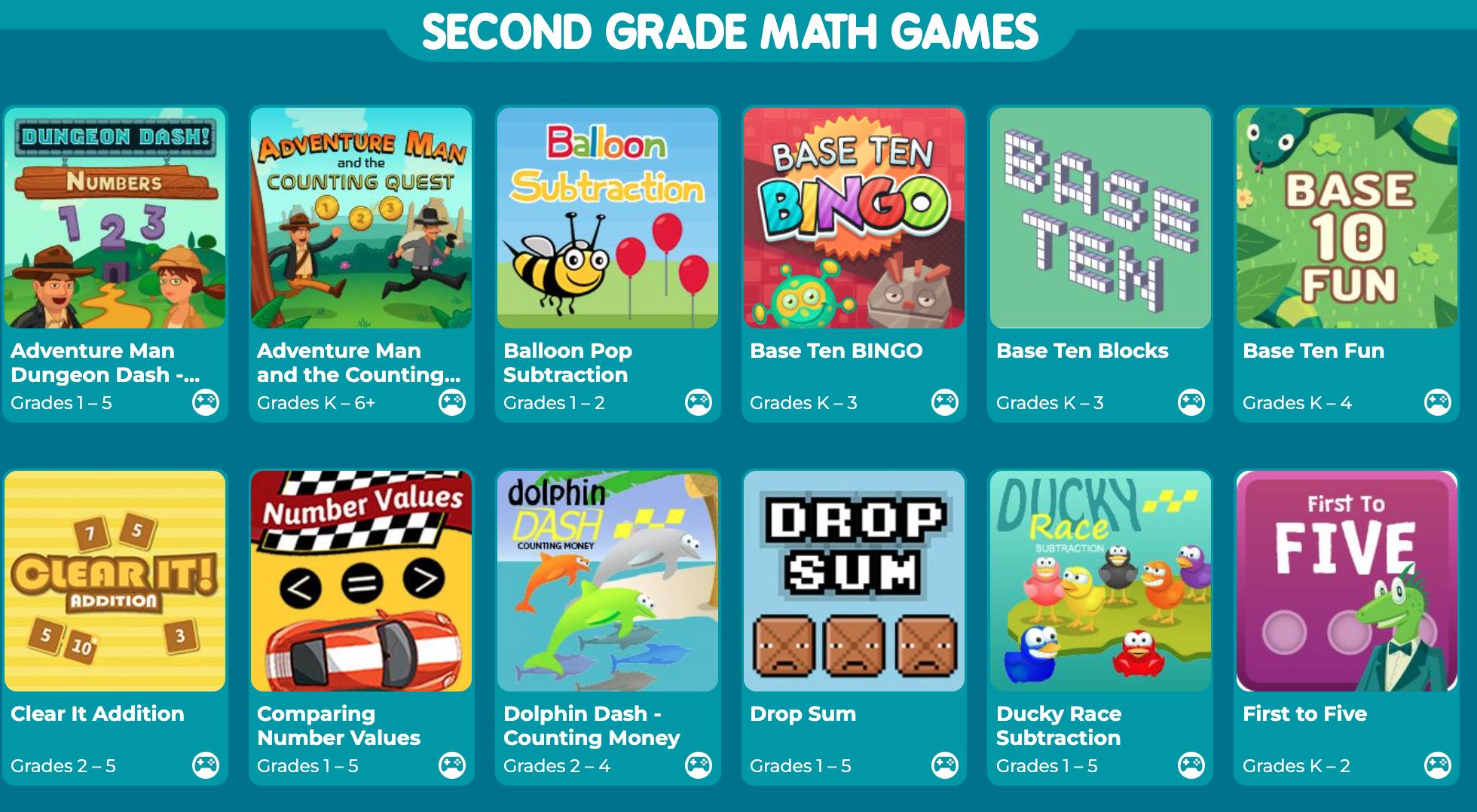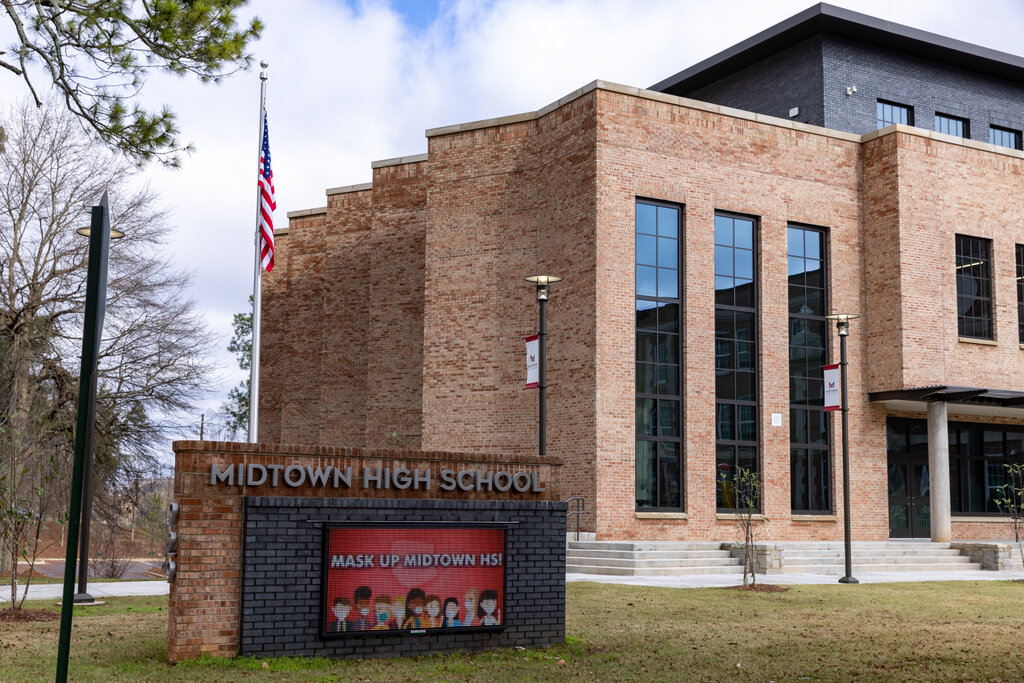
U.S. News & World Report's 2022 Best High School list includes innovative schools that have not received much media attention. The criteria for determining the ranking of America's Best High Schools includes the following: Gold, silver, and bronze medal winners; Underserved student performance; and Ranking factors. In this article, we will explore the factors considered by U.S. News & World Report in evaluating high schools.
U.S. News & World Report's 2022 List of America's Best High Schools
U.S. News says that only about half of American public high schools make it to the top 50. The new data used by U.S. news to rank schools is based upon the 2019-2020 cohorts. The data also includes college-ready.
While the rankings vary by region, many schools in Alabama are among the top. The Loveless Academic Magnet Program was ranked first in Montgomery, followed by Mountain Brook High School or Huntsville's New Century Tech High School. The ranking was based on student test scores, although most schools waived state-level testing for the 2019-20 school year. Science tests are now included, which means schools with strong science programs may appear at the top of the ranking.

Ranking factors
To determine which schools are among the best in the country, Newsweek gathered a panel of education experts, including Wendy Kopp of Teach for America, Tom Vander Ark of Open Education Solutions, and Linda Darling-Hammond of Stanford University. They developed a set if criteria to help schools determine their success. The criteria are based a range of factors, each one receiving a certain weight in overall results.
These factors are determined by taking state assessments. The results can also be used to predict future performance for a school's student. The process took into account several factors such as student college readiness, participation at AP and IB test, and the school’s environment.
Recipients gold, silver and bronze-colored medals
U.S. News and World Report recently released its annual ranking of the nation's best high schools. The top ten positions in this year's rankings were taken by Arizona and Texas. Maryland however was a shining light, with more than a third of its high schools winning gold, silver, or bronze medals. California and Florida followed.
DDHS was awarded for its academic excellence in English, math, and science. Data from almost 22,000 public high schools across all 50 states and District of Columbia was evaluated for the program. If a school is in the top five percent of national rankings, it receives a gold medal. Schools that were ranked No. 501 through 2,008 in the state. Schools that receive at least two awards receive a bronze medal.

Performance of students who are not served
According to U.S. News and World Report, Utah high schools are in the top ten for underserved students. This category ranks schools according to the performance of students who are low-income, minorities, or Black. The rankings are based on the schools' weighted scores in six quality indicators. For example, one factor is college readiness, measured as the percent of 12th graders earning qualifying scores on the AP and IB exams. Other factors include graduation rates as well as the performance of underserved student.
The rankings are based on state assessments and college readiness and take into account the performance of underserved students. More than 24,000 public high schools were evaluated by the publication, with nearly half of those receiving a national rank.
FAQ
What is the best way to start teaching early childhood?
You must first decide if you want to pursue a career in early childhood education. If so, then you will need to get your bachelor's degree. Some states require students hold a master's degree.
You will also likely need to attend classes during the summer months. These courses cover topics such as pedagogy (the art of teaching) and curriculum development.
Many colleges offer associate degrees which lead to teaching certificates.
Some schools offer certificates and bachelor's degrees in early education. Other schools only offer diplomas.
Teaching at home may be possible without additional training.
What is the difference between private schools and public schools?
All students are eligible to attend public schools for free. They provide education from kindergarten through high schools. Tuition fees for private schools are payable by each student. They provide education for students from pre-school through college.
Charter schools, which are private but publicly funded, are also available. Charter schools don’t follow traditional curriculum. Instead, charter schools give their students more freedom in learning what interests them.
Charter schools are a popular choice for parents who believe all children should have access and quality education regardless their financial situation.
What's the purpose of education and schooling?
Education should be able to help students acquire the skills needed for employment. Education is more than a academic pursuit. It's a social activity that allows children to learn from one another and gains confidence through participation in arts, music, and sports. Education is about helping students think critically and creatively to become self-reliant and autonomous. What does it entail to have high educational standards?
Good educational standards are those which ensure that all pupils achieve their potential. These standards provide clear guidelines for teachers to follow with their students. Good educational standards are flexible enough to enable schools to meet changing needs. A fair and equitable educational system must ensure that all children have equal chances of success no matter their background.
What are the alternatives to school?
Alternative schools are designed to provide students with learning disabilities with access to education through the support of qualified teachers who can understand their needs.
Alternative schools exist to offer children with special educational requirements the opportunity to learn in a normal classroom environment.
Additionally, they receive extra support when necessary.
Alternative schools are not only for those who are excluded from mainstream schools.
They are open for all children, regardless their ability or disability.
Statistics
- They are more likely to graduate high school (25%) and finish college (116%). (habitatbroward.org)
- Among STEM majors, that number is 83.5 percent. (bostonreview.net)
- Globally, in 2008, around 89% of children aged six to twelve were enrolled in primary education, and this proportion was rising. (en.wikipedia.org)
- They are also 25% more likely to graduate from high school and have higher math and reading scores, with fewer behavioral problems,” according to research at the University of Tennessee. (habitatbroward.org)
- In most developed countries, a high proportion of the population (up to 50%) now enters higher education at some time in their lives. (en.wikipedia.org)
External Links
How To
What can I do to become a teacher in my area?
Teacher jobs are available at public elementary schools, private elementary school, private middle schools. Public secondary schools, public secondary secondary schools. Private secondary schools. Charter schools. Public and private Catholic schools. Public and private daycare centers.
To become a teaching professional, you will need to complete a bachelor’s degree program at any of the following universities:
-
A four-year university or college
-
A program for associate's degrees
-
Some two-year community college programs
-
These programs may be combined
To qualify for certification for teaching positions, applicants must meet state requirements. These include passing standardized tests and completing a probationary period of work experience.
Most states require candidates to pass a test called the Praxis II. This test measures knowledge in reading and writing as well math skills.
Many states also require that applicants obtain a specialized licensure before being certified as teachers.
These licenses are issued by the states' boards of education.
Some states grant licenses without requiring any additional testing. If this is the case, the applicant should contact his/her state's board of education to verify.
Some states won't issue licenses to applicants without a masters degree.
Others allow students to apply directly for licensure to the state board.
Licenses come in a variety of prices, lengths, and required coursework.
You might find that certain states only require you to have a highschool diploma. Others require you to have a bachelor's.
Some states may require training in particular areas such as literacy or child developmental.
Some states require that applicants have a master’s degree to become licensed.
Many states ask teachers who are applying for certification about their employment history.
If you were a member of another profession, it might be a good idea to mention this on your application.
However, almost all states will accept work experience from any type of previous job.
You might want to list your job title, previous position, and years of experience.
Potential employers often find this information useful.
It shows them that you have relevant skills and experiences.
Working may allow you to learn new skills or gain valuable work experience.
Your resume can show this to future employers.